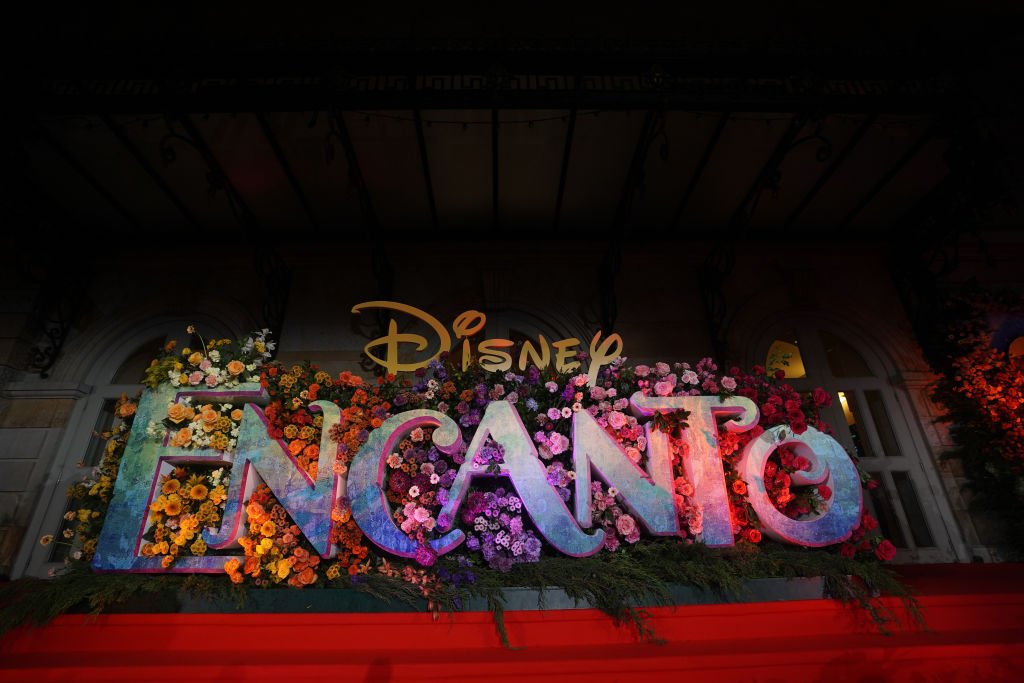
It’s no secret that The Walt Disney Company has a history of centering dominant voices in their media. The first of their iconic princesses adapted from fairytales and folktales was Snow White in 1937. The titular princess in that story was explicitly valued for her fair skin and docile nature. Following that film, the studio would release dozens of movies including everything from princesses like Cinderella to anamorphic animals like Dumbo or the Aristocats. It wasn’t until 1992 when they would release a movie centering on a nonwhite human cast with Aladdin. However, the film still relied on old stereotypes about the Middle East to populate the fictional kingdom of Agrabah.
From there, they began releasing “multicultural” movies such as Pocahontas and Mulan, which had varying degrees of cultural accuracy and success throughout the ’90s. The last of the 2D films brought Disney’s first Black princess with The Princess and the Frog in 2009. Beginning in 2016 with Moana, it was obvious that the studio wanted to move away from the princesses that had made them a cultural cornerstone and into more diverse and often family-centered stories. This change can be seen in movies like the Frozen franchise and Raya and the last Dragon.
None of the previous entries quite hit the nail on the head as well as Encanto. If you are anything like me, you may have spent the winter break watching the film as it debuted on Disney Plus, but why has Encanto taken the world by storm? The simple answer is representation. Encanto found a way to incorporate timeless lessons about family, love, duty, and forgiveness, among other things, into a 102-minute animated comedy. This is accomplished through a mixture of beautiful animation representing and celebrating Colombian culture, the diverse cast of characters, and the catchy songs that often resonate with adults even more than children.
Why has Encanto taken the world by storm? The simple answer is representation. Encanto incorporated timeless lessons about family, love, duty, and forgiveness with beautiful representation of Colombian culture. Click To TweetEncanto delivers on a change to the status quo of Disney movies in a multitude of ways. The main cast includes characters with indigenous, Afro-Latina, and European features, all of whom are given the care and development that you would expect from a Disney protagonist.
Encanto delivers on a change to the status quo of Disney movies. The main cast includes Indigenous, Afro-Latina, and European characters, all given the care and development you expect from a Disney protagonist. Click To TweetBody size diversity is newly represented, with Luisa being the first woman in a Disney movie who is both taller than the other characters and stronger than them, with the muscular physique to match. Encanto also depicts a multigenerational family living under one roof with a clear matriarch in Abuela, something common to many cultures but rarely seen on screen. It certainly doesn’t hurt that the songs Lin Manuel Miranda wrote provide each character with a chance to tell their story and express their humanity while simultaneously advancing the plot.
Body size diversity is newly represented, with Luisa being the first woman in a Disney movie who is both taller and stronger. Encanto also depicts a multigenerational family living under one roof with a clear matriarch. Click To TweetAs a self-proclaimed Disney adult who often watched animated kids’ movies in my college dorm, I have always seen the benefit of these movies for the way they display complicated ideas in a way a child can comprehend. The joy of Encanto is that it can provide representation in its depiction of every member of the family and gives us something for everyone to enjoy.

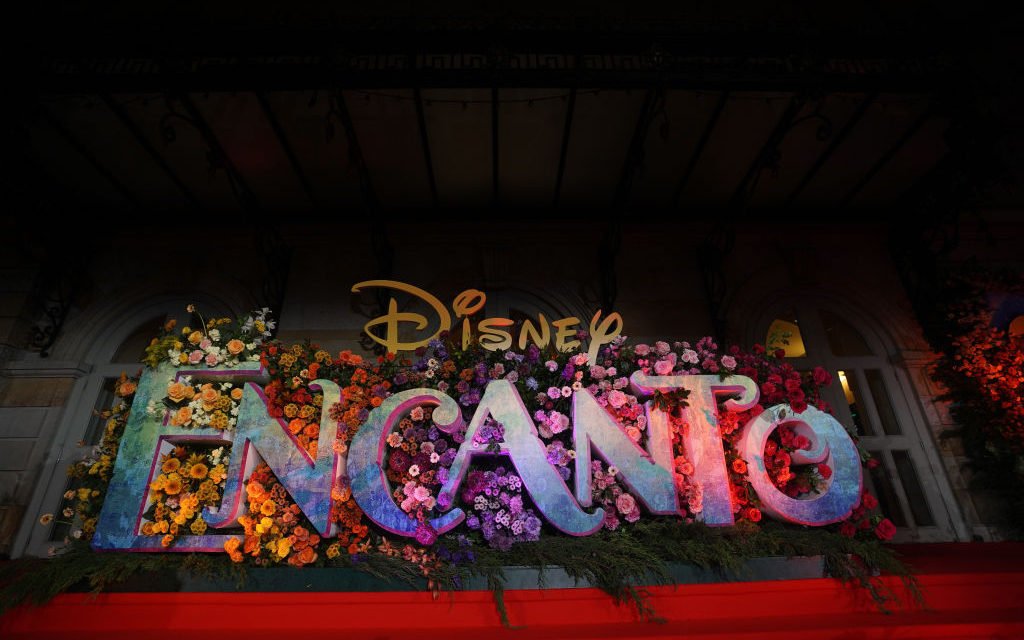
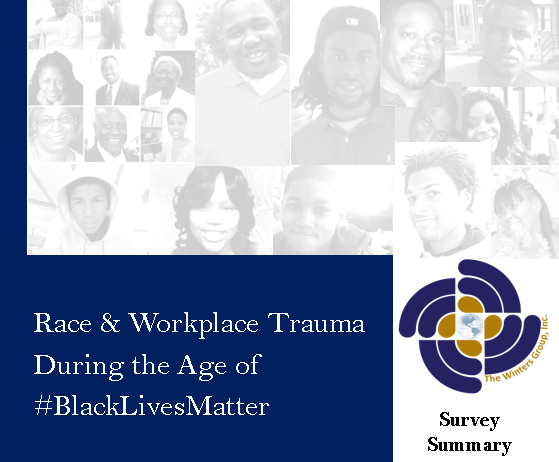

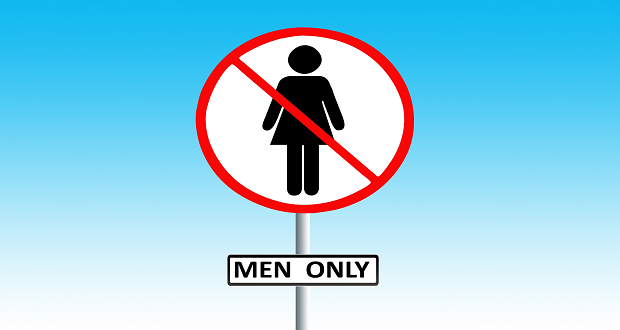
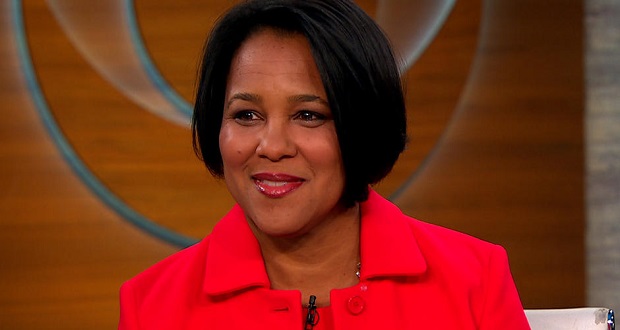














As a fellow Disney adult, I’ve been thinking about how and why this film resonated so well, even more so than any of my beloved favourites. The animation is top art and I could listen to the songs every day but there’s still something on top of those. Now I realised that it’s because the characters, whatever powers they have, are more humans than any Disney character before, all with distinct personalities, flaws and strengths. Also, there’s a little bit of each of them in me.